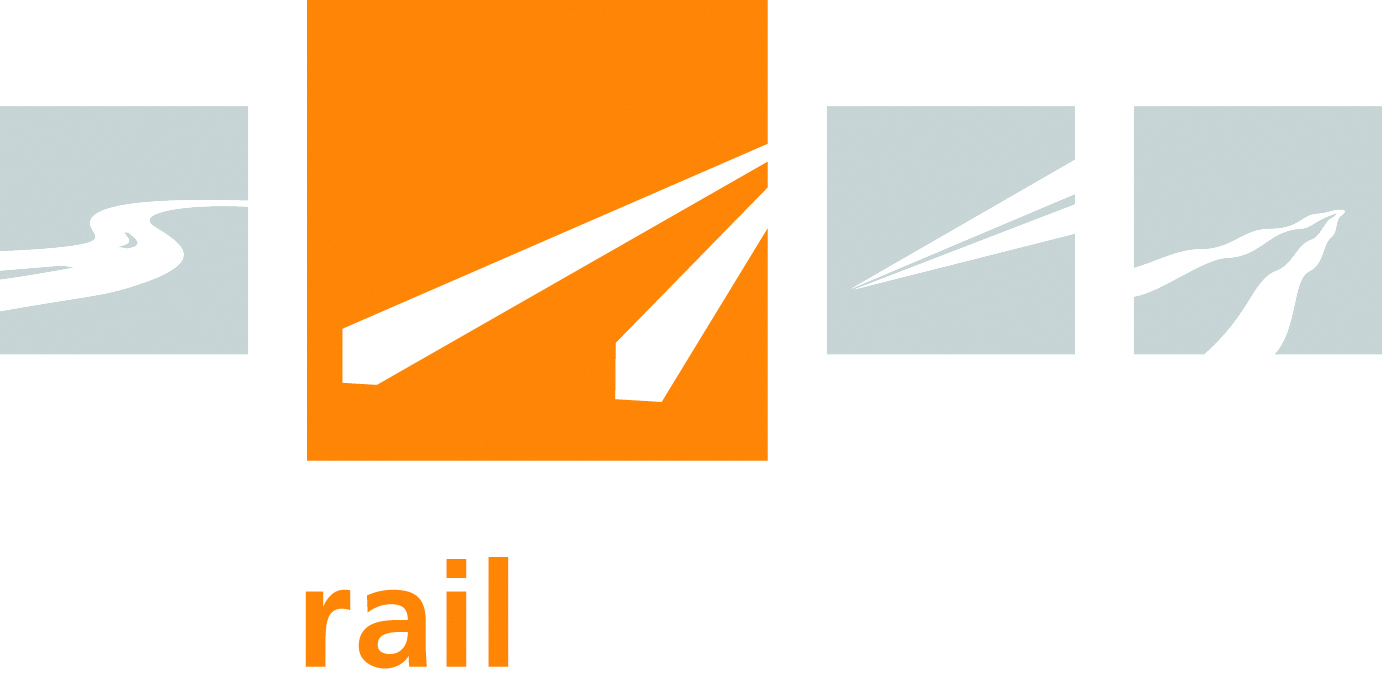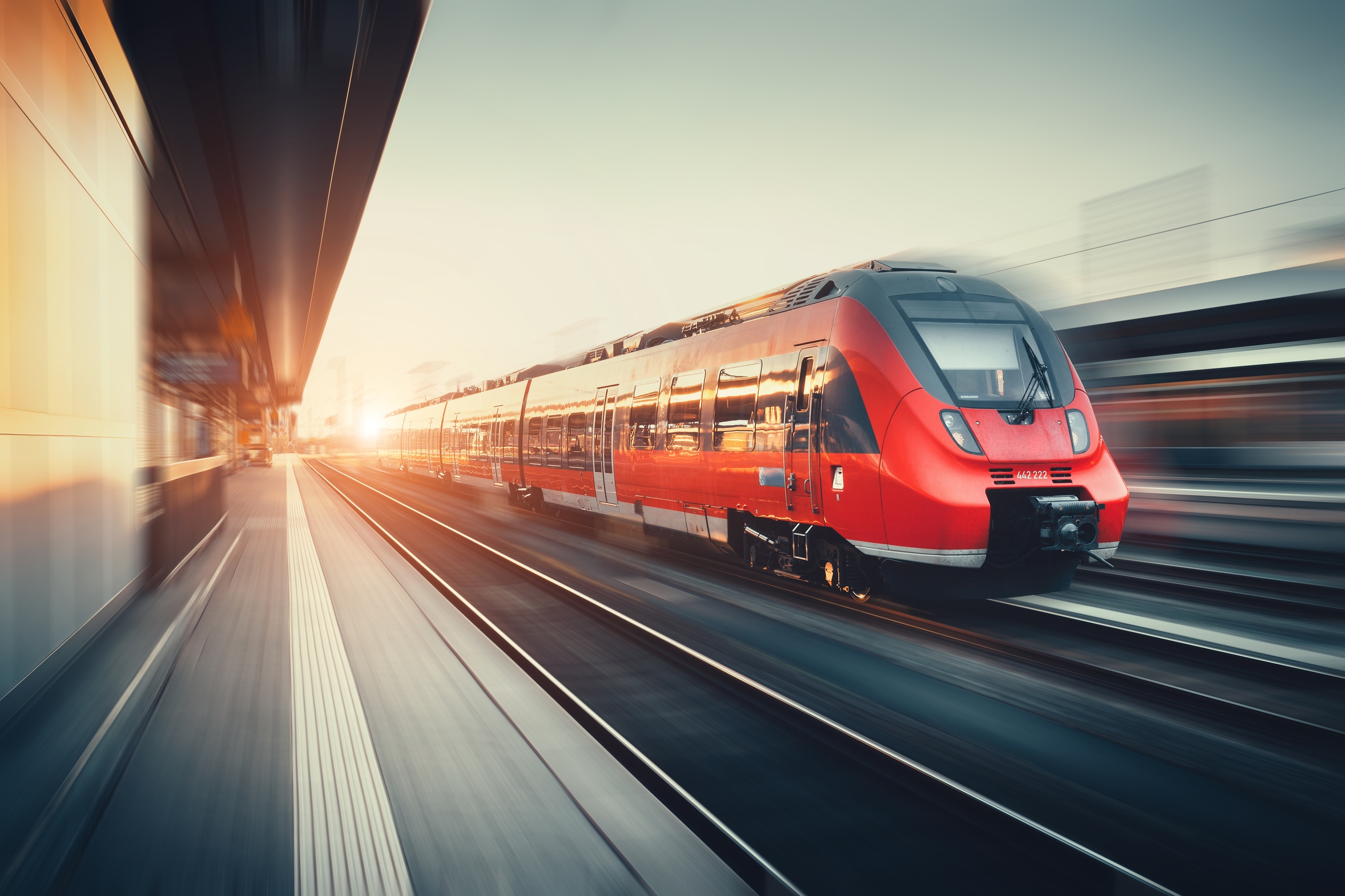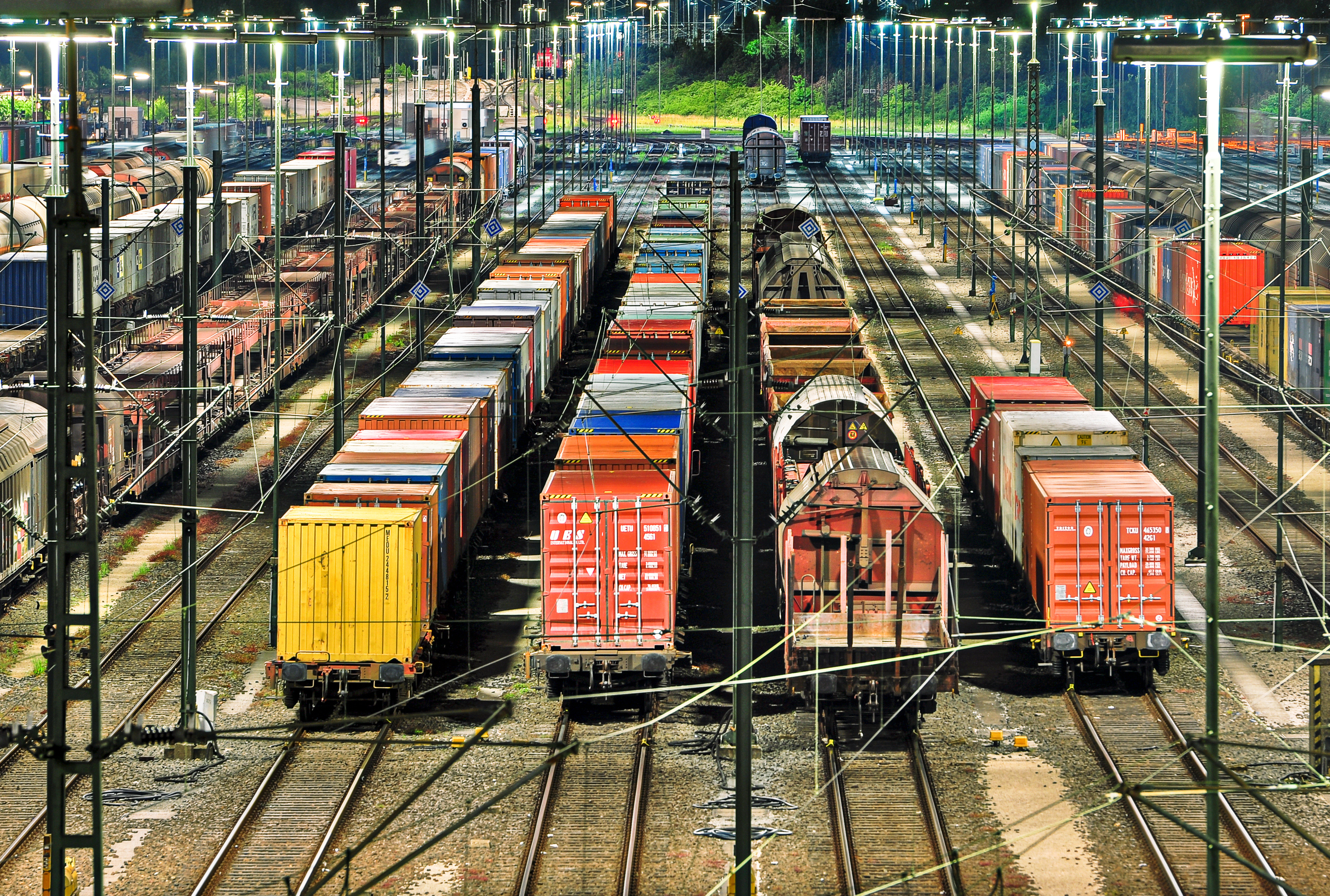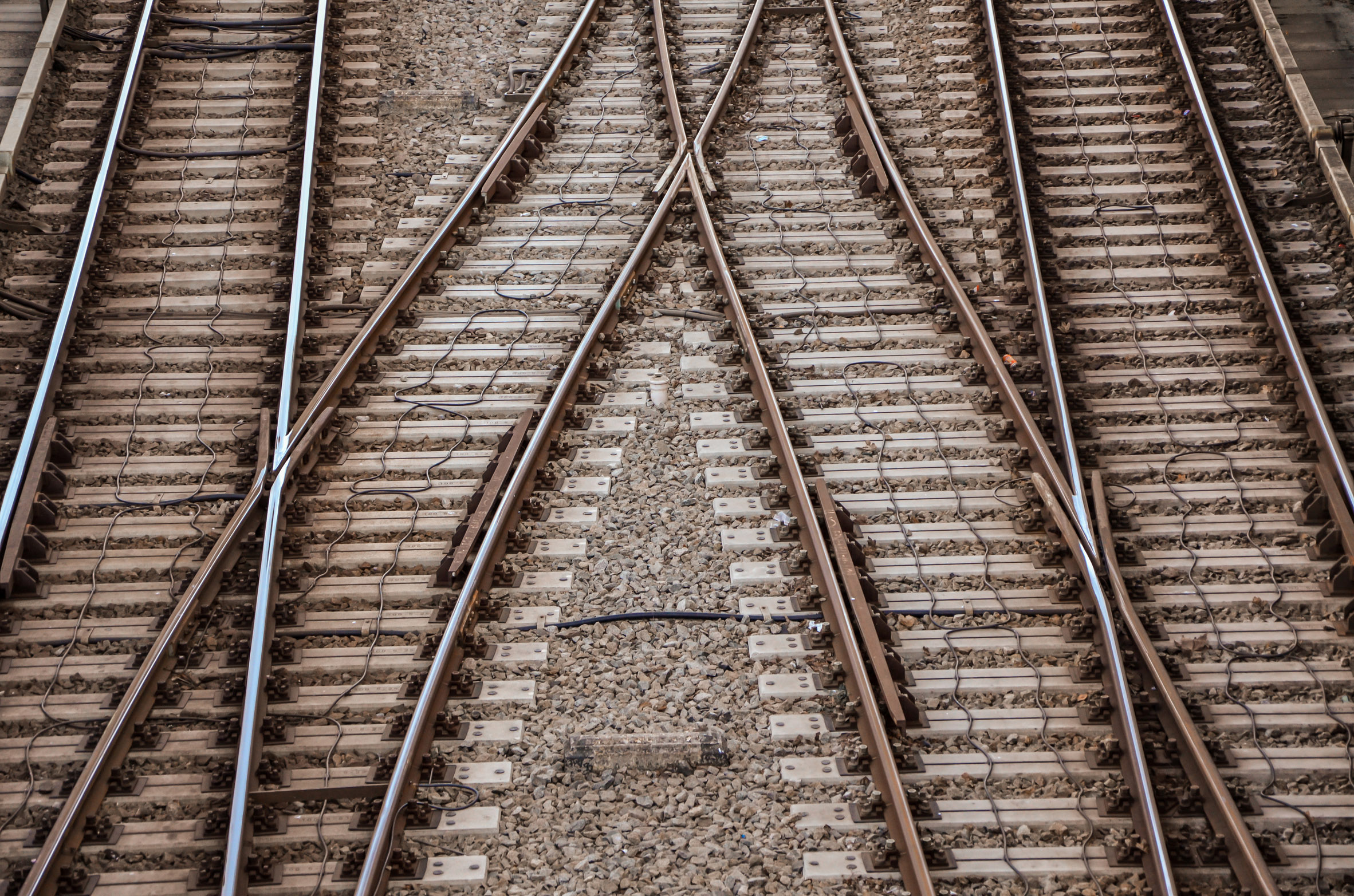
Mobility is a basic need of our inhabitants and a requirement for equal living conditions in urban and rural areas. The rail transport network in Germany currently comprises a route length of around 39,200 km. Traffic on the rail transport network is growing: passenger traffic has increased by 50 % and freight traffic by 90 % in the last 30 years. At the same time, the available route length has fallen by more than 10 % (source: Allianz pro Schiene e. V.). As a result, some rail transport networks are overloaded, putting the competitiveness of rail transport in relation to other modes of transport, such as road or air transport, under severe pressure.
Rail transport is ideally placed to score points as a sustainable mode of transport compared to other modes of transport. It requires less space than other modes of transport, is very energy-efficient when well utilized and can already be operated as a zero-emission system. Greenhouse gas emissions are more than 5 times lower in long-distance passenger rail transport and still 3 times lower in local passenger transport than in cars on the road. The difference is even clearer in favor of rail transport when transporting goods (source: Federal Environment Agency).
There are many good arguments for significantly strengthening rail transport. This requires innovations in all areas, from planning and operation to maintenance and reuse.
 Fraunhofer-Allianz Verkehr
Fraunhofer-Allianz Verkehr


